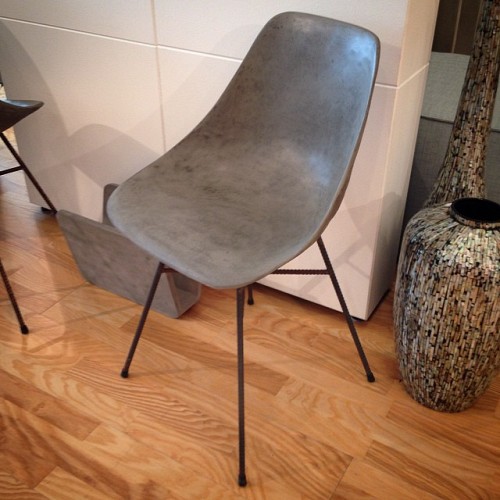Concrete Furniture: Hot or Not?
If you wish to replace the furniture in your home or even in a single room, there are lots of options to choose from. Although traditionally, homeowners have chosen conventional styles – such as sofas covered with leather or fabric and kitchen countertops made of Formica or granite, in recent years, an out-of-the-box material has started making its way in from the cold. Once associated only with large outdoor hardscaping (think retaining walls and driveways), concrete is now used for tabletops, kitchen counters and even sofas and chairs.
Reliable concrete contractors from Denver, a city with a strong individualistic character, will tell you that as with all matters pertaining to home design, the use of concrete is largely a matter of personal taste and budget. Here are the pros and cons of concrete furniture.
Pros of Concrete Furniture
Low cost. Concrete, as a material, is quite affordable compared with many of the other options available. For example, a concrete countertop costs a good deal less than one made of tile.
Custom-made. When you plan concrete furniture, you are limited only by your imagination. You and the concrete contractor you hire can create any size, shape, or design of mold that you wish, and turn your creations into reality.
Color selection. The days when concrete was available only in dull gray are long gone. With integral color, concrete staining, or both, you can get pretty much any decorative hue that you like.
Texture and finish possibilities. Because it can be molded so well, concrete can be textured to simulate wood grain, or just about any texture your imagination can invent. It can also be given a wide variety of attractive finishes.
Durability. Concrete can take lots of punishment; it's resistant to fire, water, decay, insects, and more. Concrete furniture will stand up to just about any wear and tear.
Now for the other side....
Some Cons of Concrete Furniture
It’s tough stuff. You can cushion a concrete chair or sofa all you like, but it will never have the give and spring that a conventional sofa or chair has. Frankly speaking, it may not be as comfortable.
It’s heavy. Really heavy. If your living room chairs are made of concrete, you won’t be able to move them when you clean. You’ll have to vacuum or wash around them. (There are lighter versions out there, but they are not true concrete and can be quite expensive.)
It absorbs. Since concrete is porous, a concrete tabletop or counter may absorb spills, resulting in unsightly stains. If you decide to go with a concrete countertop for your kitchen, you'll need to apply a sealer – and then you won’t be able to put hot items directly on it.
It cracks. While concrete is strong long-lasting, it is also susceptible to cracks if it is dropped or something heavy falls on it.
The weight and uniqueness of concrete furniture may appeal to homeowners who are looking to put an unusual touch in their living space. If concrete is what you like, go for it!
If you’d prefer to stick with more traditional materials, consider buying your home furnishings ready-made or hiring a carpenter to craft them for you.
Rahel Jaskow writes for networx.com.
Updated March 8, 2018.
Looking for a Pro? Call us (866) 441-6648

Concrete Average Costs
Concrete Contractors Experiences

Deck Repair On A Deadline

Paving My Driveway Was An Easy And Pleasant Experience




